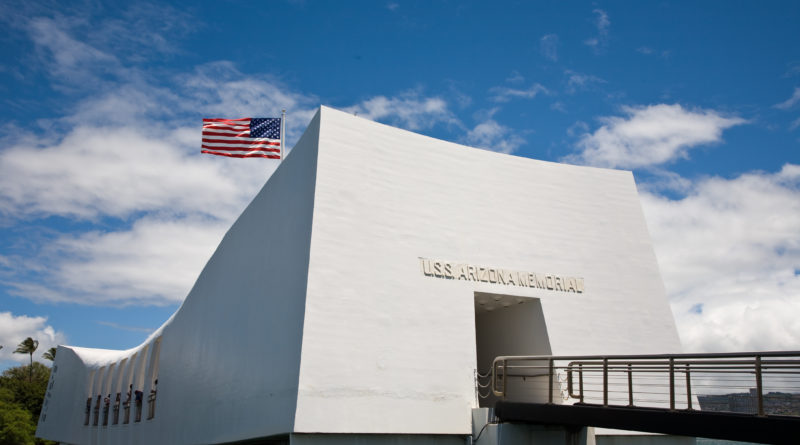What Happened at Pearl Harbor?
945 total views, 1 views today
Early in elementary school, you may have learned about the Pearl Harbor attacks of World War II. You might remember that the attacks happened in early December, with Hawaiian land coming under fire from Japanese forces. If you don’t know the full story, though, read on for a full history of Pearl Harbor and why it was such a crucial moment in World War II.
What exactly happened at Pearl Harbor?
Although war is devastating, combatants tend to at least have some indication that an attack is coming. In the case of Pearl Harbor, there was no such warning.
On Sunday, December 7, 1941, just before 8 a.m. local time, Japanese forces launched a surprise attack on the U.S. naval base of Pearl Harbor, located near Honolulu. The offensive was no small effort: Hundreds of Japanese planes targeted American military vehicles, with extensive soldier and civilian casualties. After the attack, eight battleships, approximately ten other naval vessels, and a whopping 300 airplanes were no longer usable, but far worse was the casualty toll. The Pearl Harbor attack claimed the lives of over 2,400 Americans, including civilians, with another 1,000 people injured.
Attacks are just part of war – why is Pearl Harbor so important?
The attack on Pearl Harbor was no ordinary event. When it happened, the U.S. had not yet declared war on Japan. That changed the following day. On December 8, 1941, in response to the Pearl Harbor attacks, President Franklin D. Roosevelt demanded that Congress declare war on Japan.
Not that Japan and the U.S. engaging in warfare came as a surprise to anyone. Much like the U.S. and Iran today, the U.S. and Japan were crawling closer to an all-out war for decades prior to the Pearl Harbor attack. The U.S. had long decried Japan’s efforts to overtake the import market of its neighbor China, then a key U.S. ally.
Four years before the Pearl Harbor attack, war formally broke out between China and Japan, thereby pushing the U.S. closer to launching an offensive against Japan. The U.S. responded to this war similarly to how the Trump administration has responded to dangerous foreign adversaries: by issuing sanctions and trade embargos. These actions had the opposite of the intended effect, instead causing Japan to more firmly hold its ground and make the prospect of an eventual Japan-U.S. war all but certain.
What else happened after Pearl Harbor?
As anyone even remotely familiar with World War II might guess, war between Japan and the U.S. isn’t the full story. President Roosevelt’s December 8 declaration of war essentially entered the U.S. into World War II, because on December 11, 1941, Germany and Italy declared war on the U.S. to support their Japanese allies.
Although the war had waged on for two years prior, only now had the U.S. become involved. This would ultimately prove to be for the better – without American military action against Germany, the latter country’s genocidal Nazi forces may have emerged victorious in the war, potentially leading to even more deaths than the 12 million civilian lives slaughtered at their hands.
What else do you think is important to know about Pearl Harbor and World War II? Share your insights in the comments!

